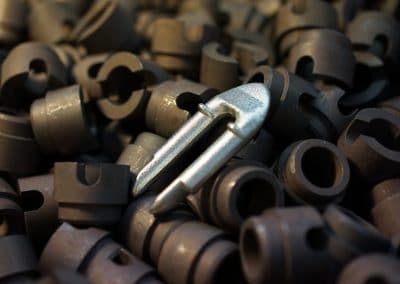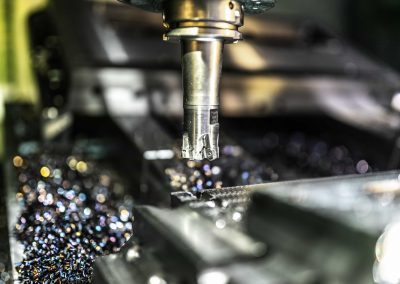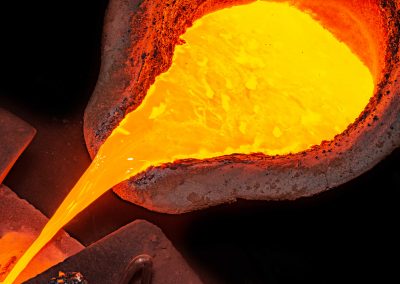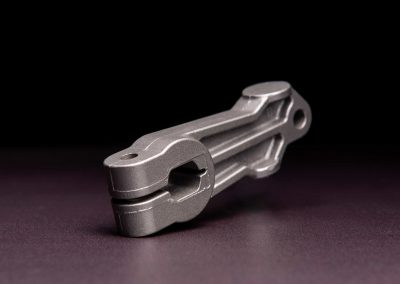Investment casting
Investment casting is a casting process in which components can be cast close to the final contour and with minimized post-processing. The designation “Investment Casting” is usually used with the addendum “lost wax”.
First, a wax model (pattern) is made, a counterpart of the final casting article. Then, this pattern is covered (invested) with a refractory material to make a mold. Subsequently, the wax is melted out again and a cavity is created. Hence the addition “lost wax”.
In this cavity the casting material is poured.
The wax model and the mold are always lost in the process. That is the reason why investment casting is classified in the group “lost molds”.
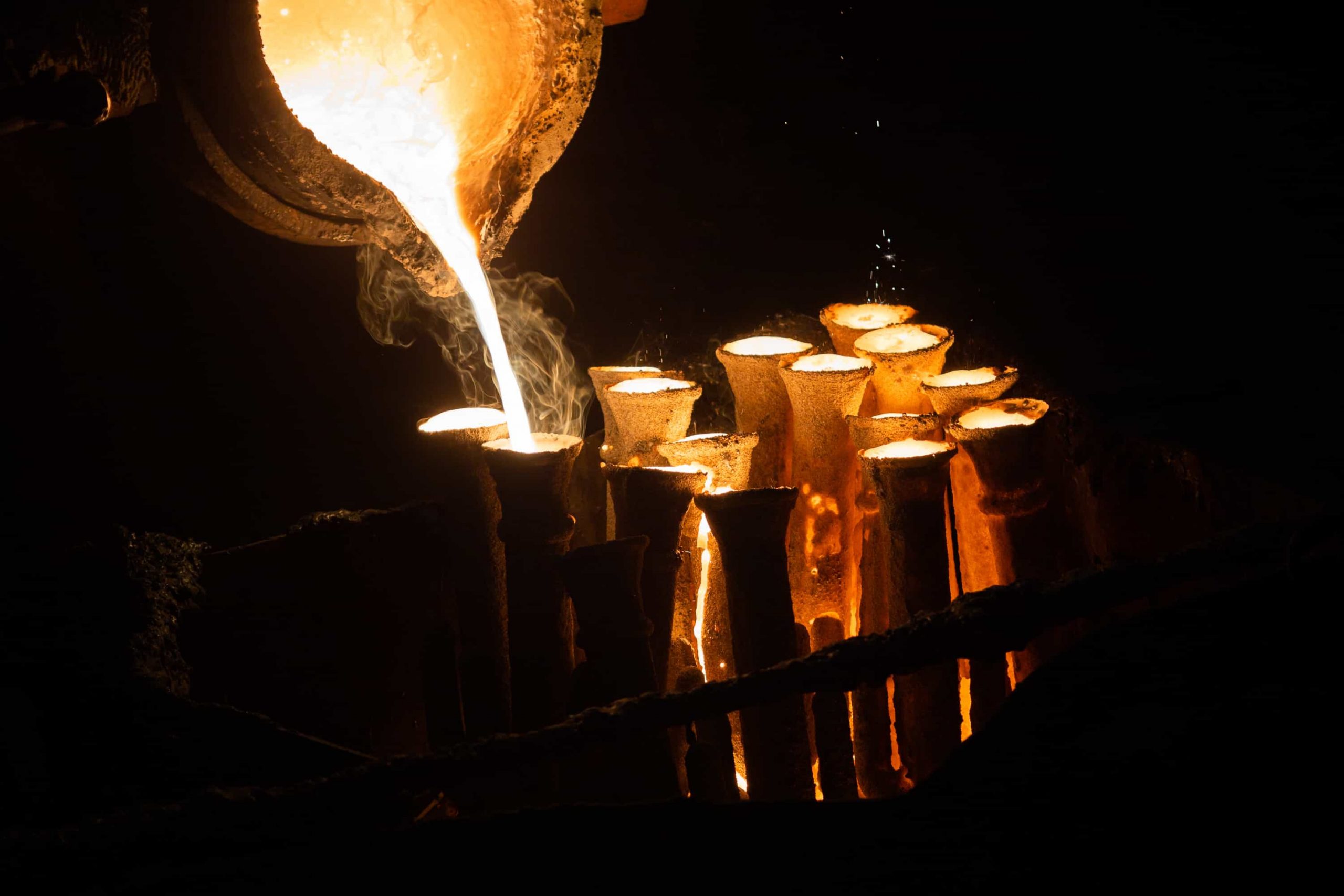
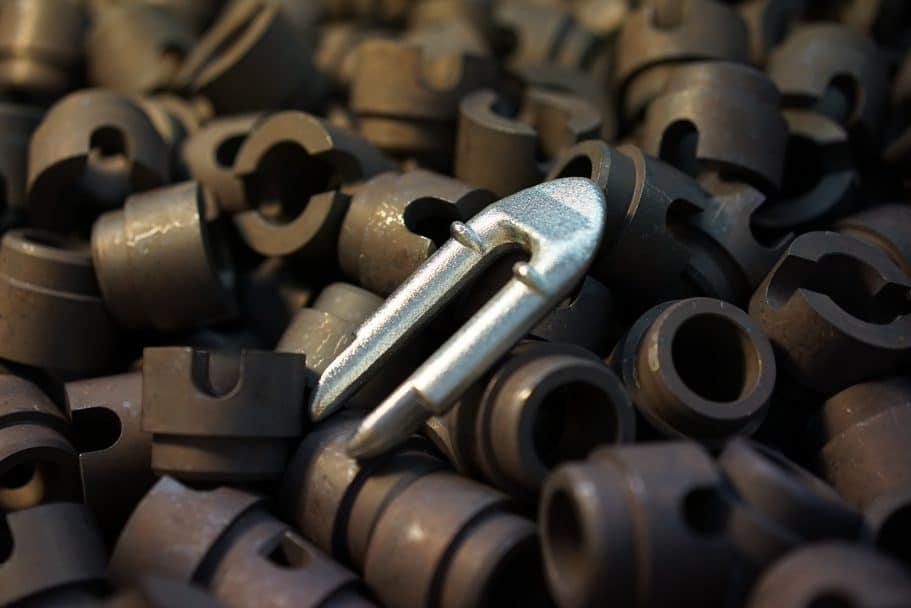
In the first manufacturing step of investment casting tools for the production of wax models / patterns are created. The manufacturer must take into account the shrinkage, which is dependent of the casting material and the geometry of the final article.
The molds are permanent molds for injection molding machines, primarily made of steel. Similar to the injection molding technique for platics, the required quantity of wax models are made on the machine – one model / pattern for each required piece.
For example these waxes must meet the following properties:
formation of a smooth and even surface, low viscosity for easy melting out and sufficient strength and hardness in solid state.

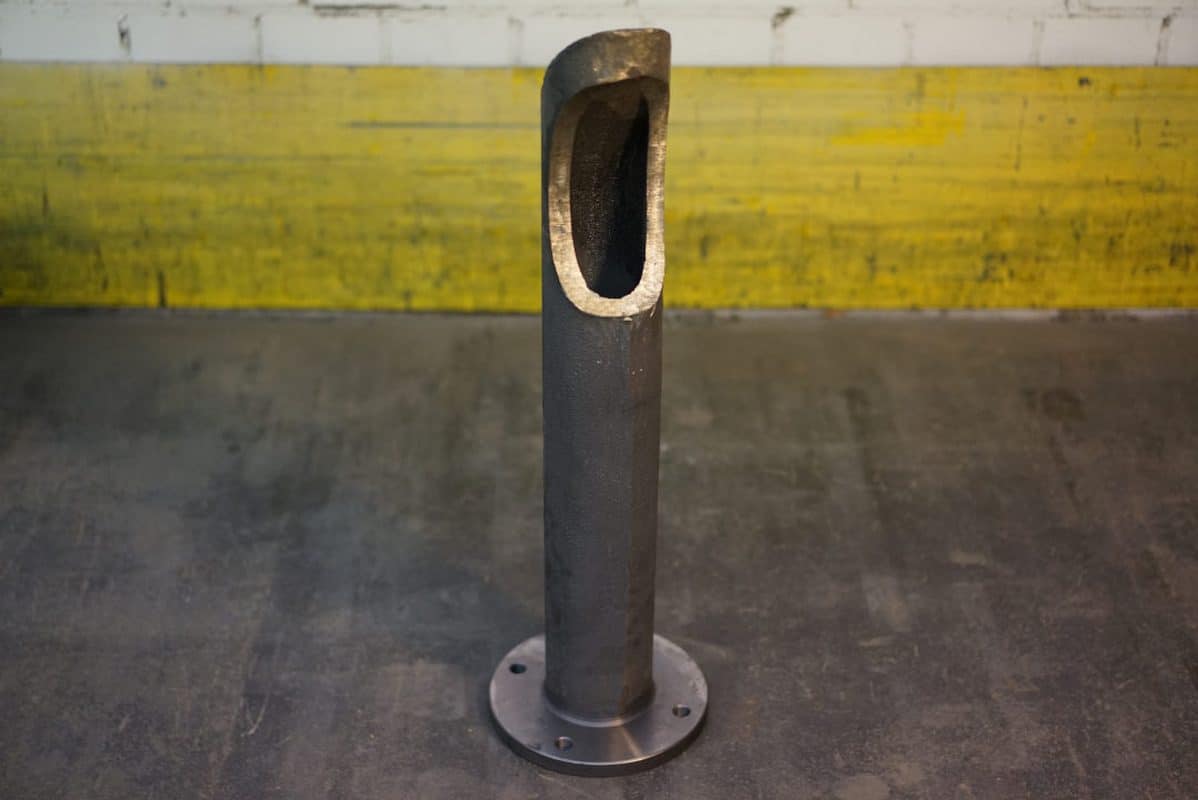
Depending on the size of the components, as many as several hundred patterns can be assembled to the tree. It is necessary to pay attention that the patterns, respectively the subsequent casting articles after the casting process, can be easily detached after the casting process, by using separating discs or band saws.
Afterwards the wax model tree is dipped into a refractory molding material. This molding material is a viscous, fine ceramic mass, usually consisting of a fine refractory flour as basic material and a binding material, for example ethyl silicat.
This molding material is creating a heat resistant coating over the model tree. The quality of this first step, the prime coat, later determines the surface quality of the subsequent casting.
After dripping and predrying the tree is sanded. Between six to ten times this process of dipping, dripping, predrying and sanding is repeated, until the ceramic mold, also called investment, increases continuously to a layer thickness of approximately 5 to 8 mm.
Afterwards the investment molds are left to dry completely, which takes several hours.
To give the mold its final strength, it is sintered again at temperatures between 650 and about 1000 degrees Celsius. Moreover, in this process any moisture and residual wax is removed.
This sintering is also used to preheat the mold before pouring.
The mold is placed open side up under the melting crucible before the metal is poured by gravity.
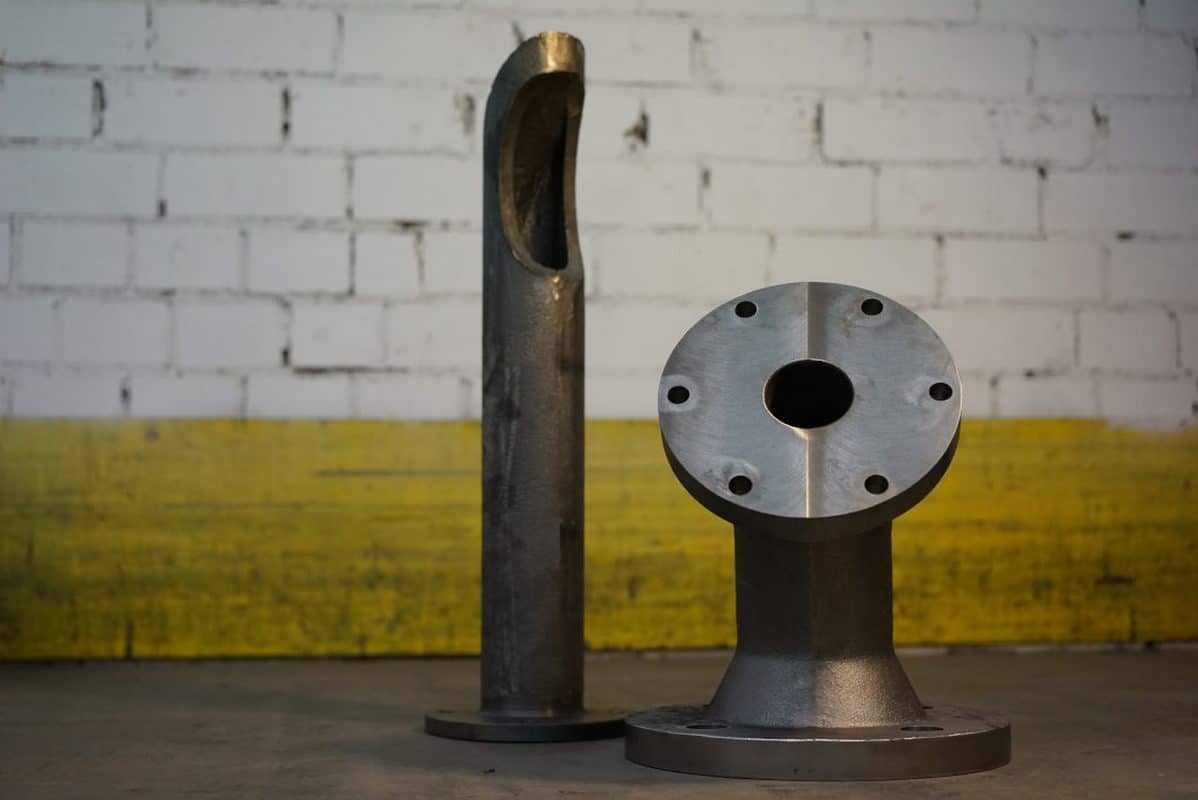

This is followed by necessary finishing operations such a fettling, grinding and blasting. In addition, the components can still be heat treated, to improve mechanical properties, machined and / or coated.
The great advantages of investment castings are high dimensional accuracy and excellent surface finish, which generally require only little subsequent mechanical processing.
Investment castings can be used for all kind of purposes. Particularly in applications, which require smooth surfaces and ready-to-install functional surfaces, without great subsequent finishing, the usage of investment castings is economically interesting.
A lot of investment castings are used, for example, in mechanical engineering, the chemical industry or valve industry.
There is a great variety in materials, which can be manufactured by investment casting. Amongst others non-ferrous metals, iron, steel and superalloys can be casted.
Small as well as large components (up to several 100 kgs) are realizable by investment-casting. The batch sizes range from small quantities to large series.




